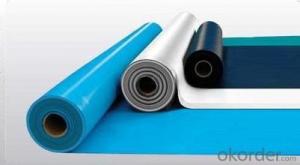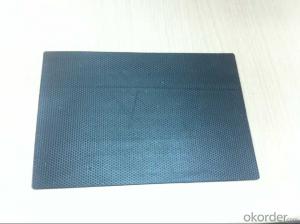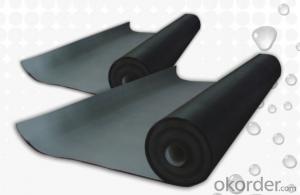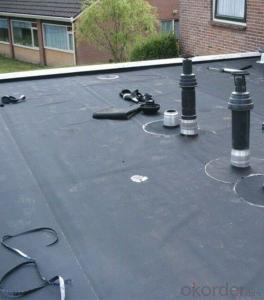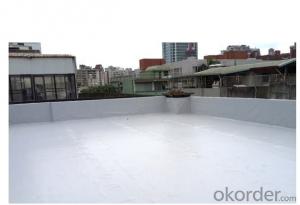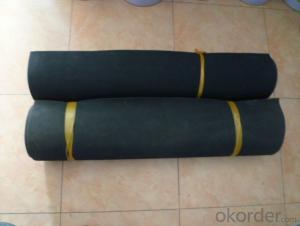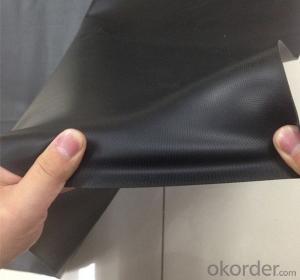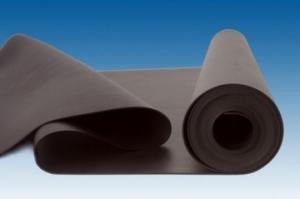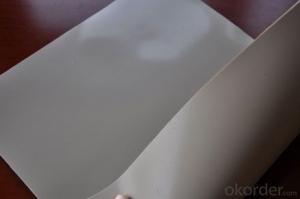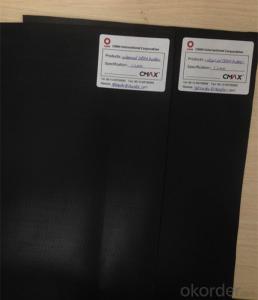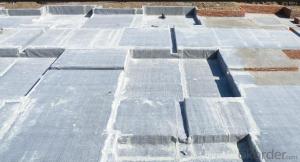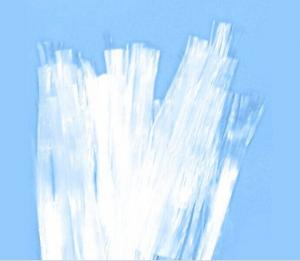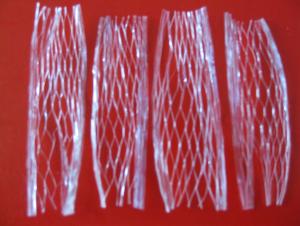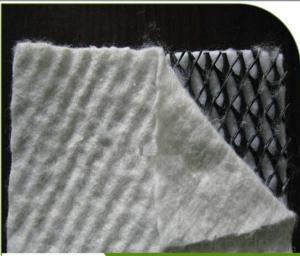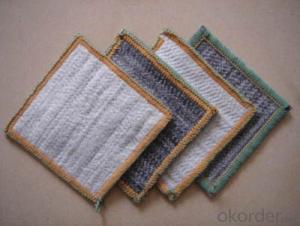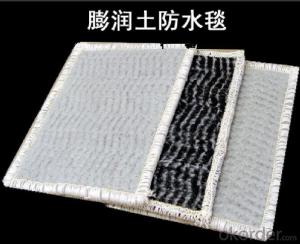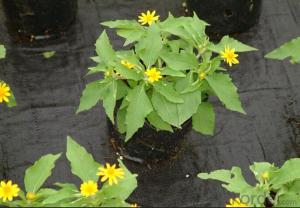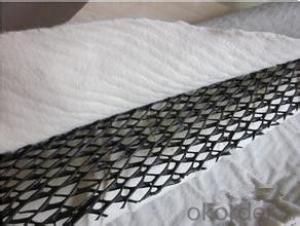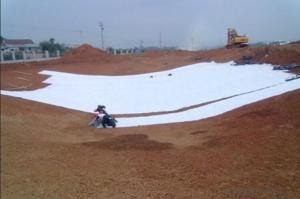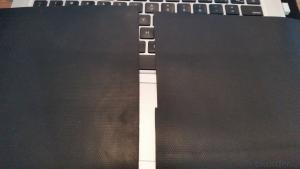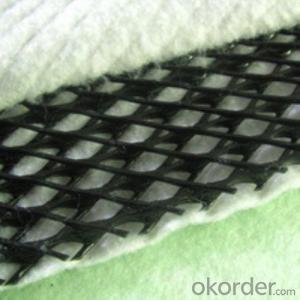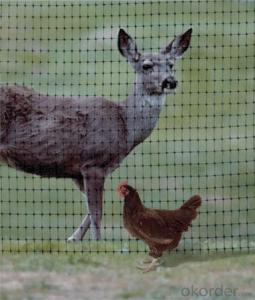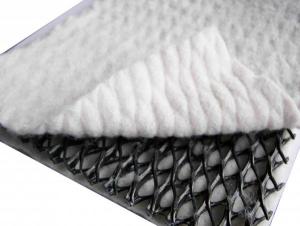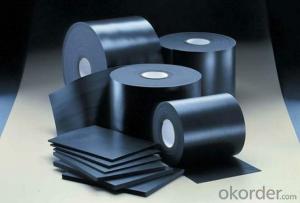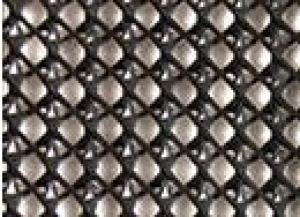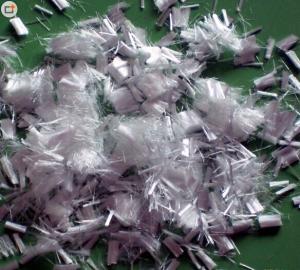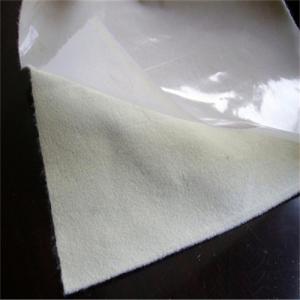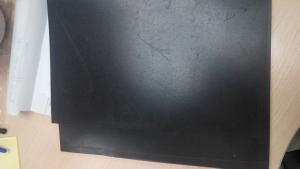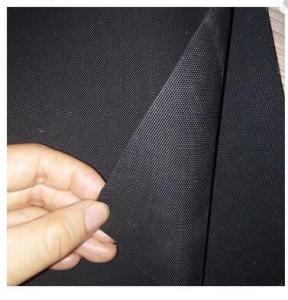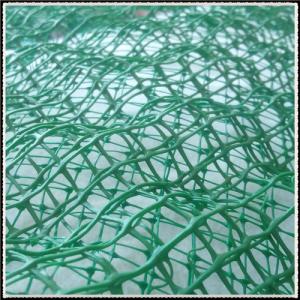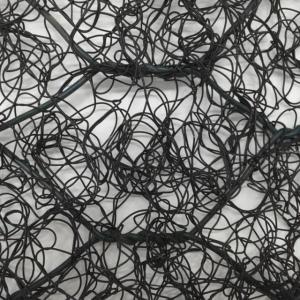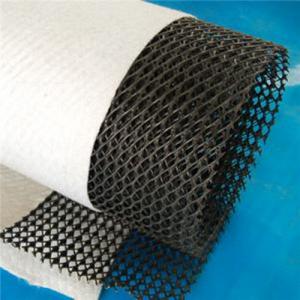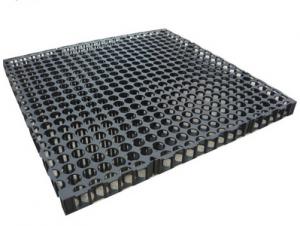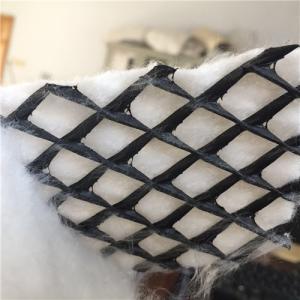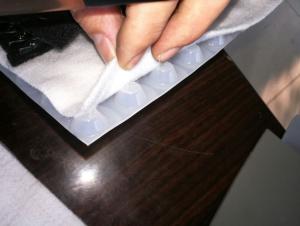Basement Seepage
Basement Seepage Related Searches
Geogrid For Retaining Wall Geogrid For Erosion Control Geogrid For Gravel Roads Geogrid For Gravel Driveway Geogrid For Roads Geogrid For Driveway Geogrid For Slopes Roll Of Geogrid Pullout Resistance Of Geogrid Geogrid MachineHot Searches
Cost To Waterproof A Basement Waterproof Plywood Cost Waterproof Mdf Suppliers Cost To Waterproof A Basement Synthetic Roof Tiles Cost Roof Clay Tiles Prices Interlocking Roof Tiles Prices Spring Manufacturer Singapore Bistable Spring Manufacturer 30 Year Roof Shingles Prices Geotextile Membrane Suppliers Hdpe Pond Liner Specifications Geogrid Fabric For Sale Geogrid For Sale Near Me Tensar Geogrid For Sale Geogrid For Sale Geogrid China Geogrid Price List Tensar Triax 160 Geogrid Price Tensar Ss40 Geogrid PriceBasement Seepage Supplier & Manufacturer from China
Okorder.com is a professional Basement Seepage supplier & manufacturer, offers integrated one-stop services including real-time quoting and online cargo tracking. We are funded by CNBM Group, a Fortune 500 enterprise and the largest Basement Seepage firm in China.Hot Products
FAQ
- The installation guidelines for earthwork products may vary depending on the specific product being used. However, some general guidelines to consider include: 1. Preparing the site: Clear any vegetation, debris, or existing structures from the area where the earthwork product will be installed. 2. Excavation: Dig a trench or hole of the appropriate size and depth to accommodate the product. 3. Compaction: Compact the soil at the bottom of the excavation to provide a stable base for the earthwork product. 4. Placement: Carefully place the earthwork product into the excavation, ensuring it is properly aligned, level, and positioned according to the manufacturer's instructions. 5. Backfill: Fill the space around the product with select backfill material, compacting it in layers as necessary to provide stability and prevent settling. 6. Securing: If required, secure the earthwork product using appropriate fasteners or connectors as specified by the manufacturer. 7. Finishing: Complete any additional steps such as grading, compaction, or landscaping to ensure the earthwork product is properly integrated into the surrounding environment. It is crucial to consult the specific installation guidelines provided by the manufacturer for the earthwork product being used, as they may include additional or specific instructions for optimal installation.
- Geocells can be used in load support applications by providing a stable and reinforced foundation for various structures. They help distribute the load and prevent soil erosion, allowing for the efficient support of heavy loads such as roads, highways, railways, and even parking lots. The interconnected cells of geocells confine and stabilize the fill material, creating a strong and durable base that can withstand the weight and stress from the loads above.
- Earthwork products such as geotextiles and erosion control blankets are effective in reducing dust on construction sites by acting as a barrier between the soil and air. They prevent soil particles from becoming airborne, thus minimizing dust generation. Additionally, these products stabilize the soil, preventing erosion and further reducing the potential for dust to be released into the air.
- The purpose of using geotextiles in earthwork projects is to improve soil stability, drainage, and erosion control. Geotextiles act as a barrier between different soil layers, preventing mixing and promoting better compaction. They also allow for water to pass through while retaining soil particles, thereby enhancing drainage and preventing waterlogging. Additionally, geotextiles help to control erosion by reducing the impact of water flow and protecting the underlying soil from being washed away.
- Some of the different design options available for earthwork products include embankments, terraces, retaining walls, berms, and slope stabilization measures.
- Yes, geomembranes can be used for landfill caps. They are often used as an impermeable barrier to prevent the leakage of contaminants from the landfill into the surrounding environment. Geomembranes provide an effective solution for ensuring the long-term containment of waste materials and protecting the soil and groundwater from pollution.
- Yes, earthwork products can be suitable for constructing playgrounds. They can be used for creating a solid and stable base for the playground equipment, such as building retaining walls, leveling the ground, or providing drainage solutions. Additionally, earthwork products like natural grass or artificial turf can be used for surfacing the playground area, providing a safe and comfortable play surface for children.
- Earthwork products, such as geotextiles and geogrids, play a crucial role in enhancing slope stability. These products are used to reinforce and stabilize the soil in a slope, preventing erosion and reducing the risk of slope failure. Geotextiles are permeable fabrics that are placed between soil layers to improve their strength and prevent soil particles from getting washed away by water. Geogrids, on the other hand, are mesh-like structures that provide tensile strength to the soil, increasing its resistance to shearing and sliding. By reinforcing the soil, earthwork products help maintain the integrity of slopes, ensuring their long-term stability.
